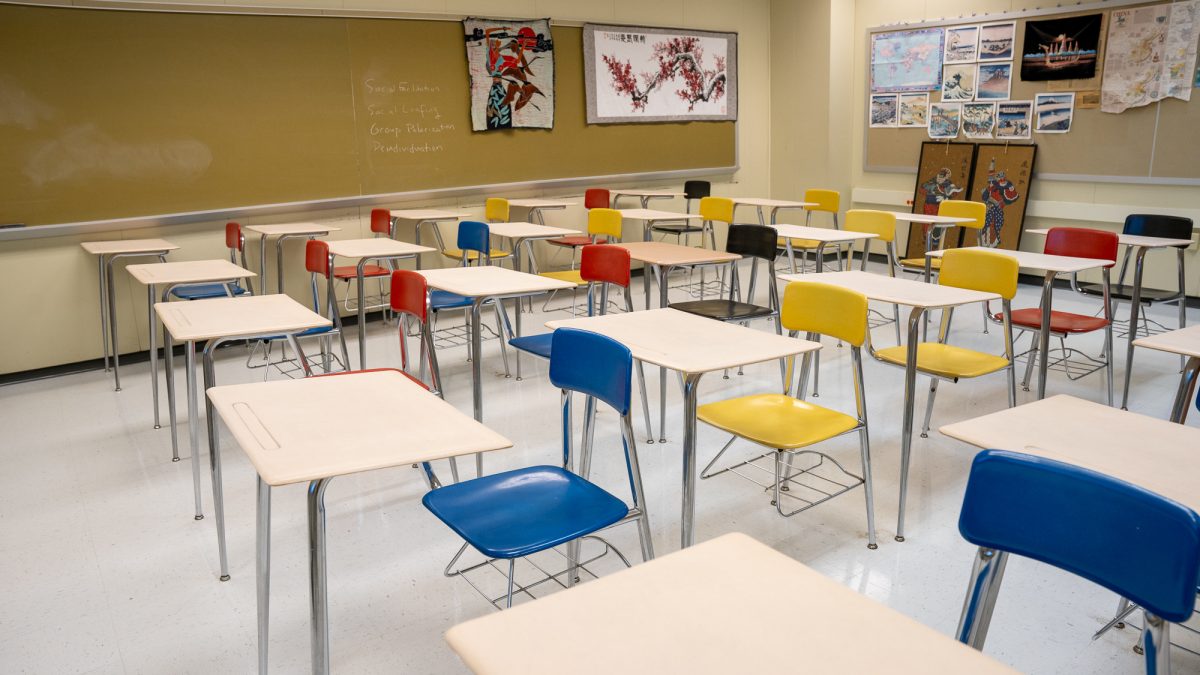In many public schools, students learn by being presented with a subject and then having their understanding tested. The aim is to benefit all students.
Some students, however, find the traditional model difficult. In particular, for students with diagnosed or undiagnosed ADHD/ADD, it is a daily challenge to focus on multiple subjects and perform well on tests. While it is commendable that schools offer resources for these students, some feel as if they are constantly under-performing at school.
Researchers Jennifer Heissel of the Naval Postgraduate School, Emma Adam and David Figlio of Northwestern University, and Jennifer Doleac and Jonathan Meer of Texas A&M University constructed an experiment to test the stress levels of children in the New Orleans charter school network by comparing the cortisol in their spit during school weeks with tests. The research concluded that, on average, student cortisol levels spike on testing days. Students who had more cortisol between testing and non-testing weeks performed worse on tests than their regular in-class assignments.
The standard way of note-taking can also be difficult. The human brain cannot multitask, making the practice of looking at the board, listening to the teacher, and trying to take notes all the more challenging for some students.
Nevertheless, the traditional educational system is built on the notion that tests are beneficial and an accurate measure of students’ intelligence and abilities. The view is that being tested frequently allows for students to grow. This repeated pattern leads to what is known as retrieval practice, which is the practice of recalling any type of information in order to enhance the understanding and long-term remembrance of it. Tests allow students to acknowledge areas they need to grow in and make room for improvement.
The National Library of Health found that the use of multiple-choice questions during testing is critical, as it stabilizes information that is stored in memory but not often used. They also explain that testing for learning need not be evaluative but can be a helpful was of encouraging students to acquire practical study habits and understanding of content.
At NASH and at most high schools across the country, tests in core classes are more common than they are in elective classes, allowing students time for a break and an opportunity to expand their intelligence in other ways.
As teacher and author Miriam Plotinsky puts it, “A school’s primary goal is to increase student growth and achievement, and that can be accomplished so much better if children are given the opportunity to engage with a variety of appealing options for learning.”
Students, teachers, and researchers all have different opinions on how effective the standardized learning system of note-taking and taking tests can be. The consensus, however, appears to be that a mix of teaching and evaluation styles best suits the complexities of today’s students.



